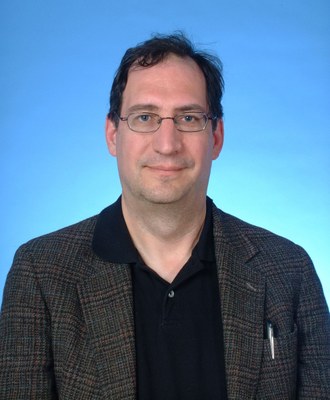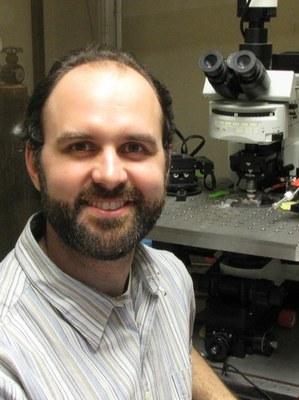Led by Bryan L. Roth, MD, PhD, three UNC labs will develop the next generation neuroscience tool-kit to accelerate novel treatments for neuropsychiatric and a host of other diseases. ~by Mark Derewicz
CHAPEL HILL, NC – The National Institutes of Health (NIH) announced the first round of funding for research dedicated to the BRAIN Initiative, including a $2.85-million, three-year grant to three UNC researchers who will build the next generation of DREADDs – a groundbreaking tool used for brain research developed by Bryan L. Roth, MD, PhD, the Michael Hooker Distinguished Professor of Protein Therapeutics and Translational Proteomics in the UNC School of Medicine.
DREADD, which stands for Designer Receptor Exclusively Activated by a Designer Drug, allows researchers to manipulate a specific kind of cell surface receptor so that it responds only to a specific kind of drug. Using this method, researchers can study precisely what happens in the brain when just one kind of G-coupled protein receptor is activated. Not only is this a novel way to study basic biological mechanisms of these commonly targeted receptors inside the brain and individual neurons, but it’s also a tool scientists can use to study specific effects of drugs in various regions of the brain.
Current treatments often have global effects on cells throughout the brain. Roth’s method, which has been sited and used by hundreds of neuroscientists since he first published his work in the Proceedings of the National Academy of Sciences in 2007, allows scientists to noninvasively home in on particular cellular signaling pathways important to neuropsychiatric disorders.
The other two principle investigators on the new grant are Thomas Kash, PhD, assistant professor of pharmacology in the UNC School of Medicine; and Jian Jin, PhD, associate professor and Director of the Medicinal Chemistry Center for Integrative Chemical Biology and Drug Discovery in the UNC Eshelman School of Pharmacy.
(~the above is an excerpt from Mark Derewicz’s full article in UNC School of Medicine News, October 1, 2014.)


